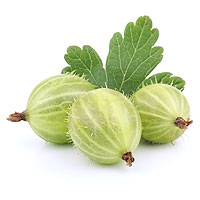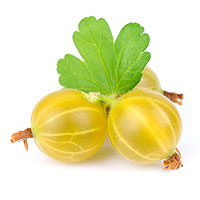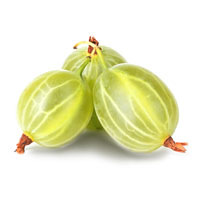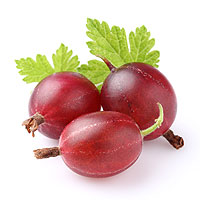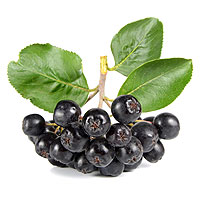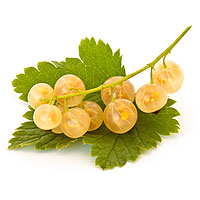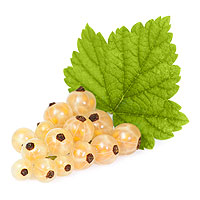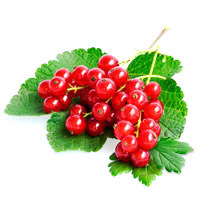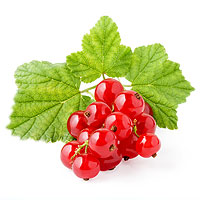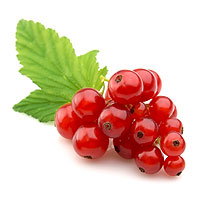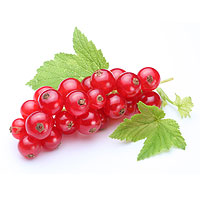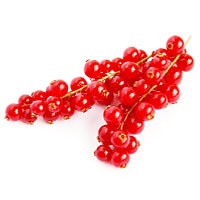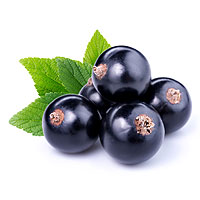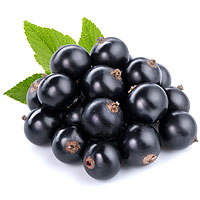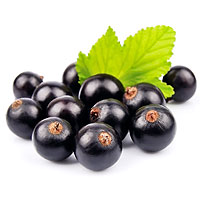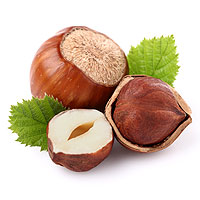Main menu:

White Triumph (ISK)
Green
gooseberry White Triumf - English variety. Fast-growing shrub of
rounded compact habit. Fruits are large, rounded, light green with
white-green stripes, very tasty and flavour. Ripen in the middle of
July, do not fall down. Variety is recommended for amateur cultivation
and plantation.
Hinomaki Gelb (ISK)
Yellow gooseberry Hinnonmaki Gelb - Finnish variety.
Shrub of quite of a slow growth and rounded squashed habit.
Medium-sized fruits, yellowish with clear stripes, wine-sweet and
juicy. Variety is especially recommended for amateur cultivation.
Mucurines
Green gooseberry Mucurines - variety of unknown
origin. Shrub of quite fast growth and compact habit. Medium to large
fruits, elliptic, green, tasty. Ripen in the second half of July. It is
recommended for both commercial and amateur cultivation.
Hinomaki Rot (ISK)
Red gooseberry Hinonmaki Rot - Finnish variety.
Round-shaped squashed shrub of quite a slow growth. Medium-sized
fruits, rounded, red with clear stripes. Sour-sweet pulp, very tasty.
Ripen at the beginning of July.

Longevity plant. Leaves dark green, in the autumn beautifully discolored orange and red. Fruit, dark green, almost black, rich in vitamins. Sweet, aromatic flesh. Used in medicine, to lower blood pressure. Great for direct consumption as well as for preserves. Sunshade to semi-shade. Very resistant to frost.

Blanca (ISK)
First introduced in Sweden, Blanca bears huge crops of very large,
especially sweet currants reliably, year after year. Blooming relatively
late in the spring, Blanca frequently escapes those pesky late frosts
that hinder other varieties. Very high yields of pretty white berries
make a classic jelly. Ripens in July.
White currant from Juterbog (ISK)
White currant from Juterbog is a spreading shrub.
Clusters are long, cylindrical, compact. Fruits are large, rounded, with
seeds visible through the skin, sour-sweet. One of the most valuable
varieties of white currant, especially recommended for amateur planting.
Jonkheer van Tets (ISK)
Red currant Jonkheer van Tets – Dutch variety. Shrub
of rounded squashed habit. Fast growing. Clusters are long, fruits very
are large, dark red, pulp is sour, compact. Ripen at the end of
June/beginning of July. Excellent variety for preserves.
Rondom J. (ISK)
Red currant Rondom – Dutch variety. Fast-growing shrub. Habit is initially towering, then becoming round-shaped. Clusters are long, compact. Fruits are large and average size, juicy and slightly sour. Ripen at the end of July. Good variety for plantation and home gardens, high-yielding.
Rosetta (ISK)
Red currant Rosetta – Dutch variety. Fast-growing
shrub of wide-rounded habit. Clusters are long or very long. Fruits are
large and average size, bright red. Ripen in the second half of July.
Variety is high-yielding. It is recommended for home gardens.
Dutch Red (ISK)
Old Dutch variety. The shrub grows very strongly. Slender shape, slightly flattened. Medium-sized fruit, spherical, elongated, light-red with a glossy, fairly acidic taste. They ripen at the end of July. Suitable for wire knitting. It blooms late, making the flowers less damaged by frost. Plants resistant to leaf drop, and resistant to frost.
Old Dutch variety. The shrub grows very strongly. Slender shape, slightly flattened. Medium-sized fruit, spherical, elongated, light-red with a glossy, fairly acidic taste. They ripen at the end of July. Suitable for wire knitting. It blooms late, making the flowers less damaged by frost. Plants resistant to leaf drop, and resistant to frost.
Detwan (ISK)
Red currant Detvan – Slovak variety. High compact
shrub. Fruits are arranged in clusters of a length over 8 cm, dark red.
Ripen at the beginning of July. Variety is high-yielding, recommended
for commercial and amateur planting.
Titania (ISK)
Black currant Titania - Swedish variety. Quite
fast-growing shrub with upright stems. Clusters are medium long. Fruits
are large or average, ripen in the middle of July. Pulp is
wine-sweetish, tasty. Suitable for mechanical harvesting.
Ben Lemand (ISK)
Scottish, middle-early variety. Shrub is of towering
habit and medium growth rate. Clusters are medium long. Fruits are large
or average size with shiny skin, ripen on the clusters quite evenly.
Fruits are of high processing quality.
Ojebyn (ISK)
Swedish variety. Shrub of medium growth rate, rounded-towering habit. Medium-sized fruits ripen evenly at the beginning of July. Excellent industrial variety. Frost resistant.

A vigorous, bushy tree. In a garden, you can control
their growth to get a proper tree if you want but this bushy tendency
also makes Hazel an ideal hedge plant, which is why it is commonly used
in mixed country hedges. Corylus avellana grows pretty much anywhere. It
tolerates both acidic and chalky soil, damp sites that are prone to
waterlogging in winter and it will thrive in quite deep shade. It is
famous for its edible nuts in autumn.








